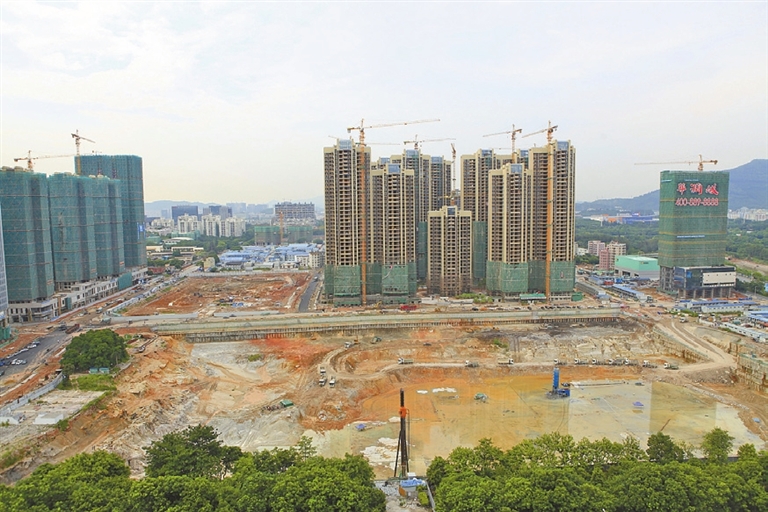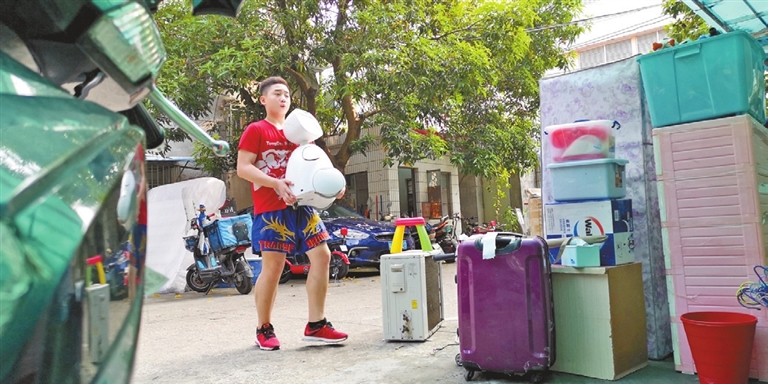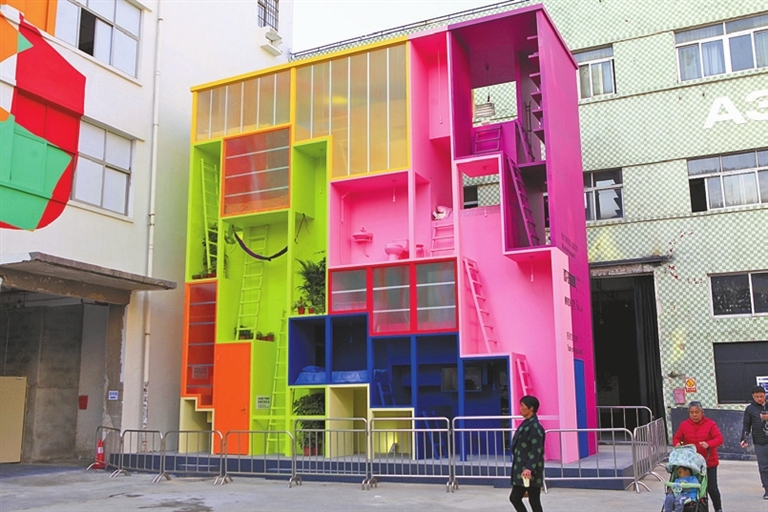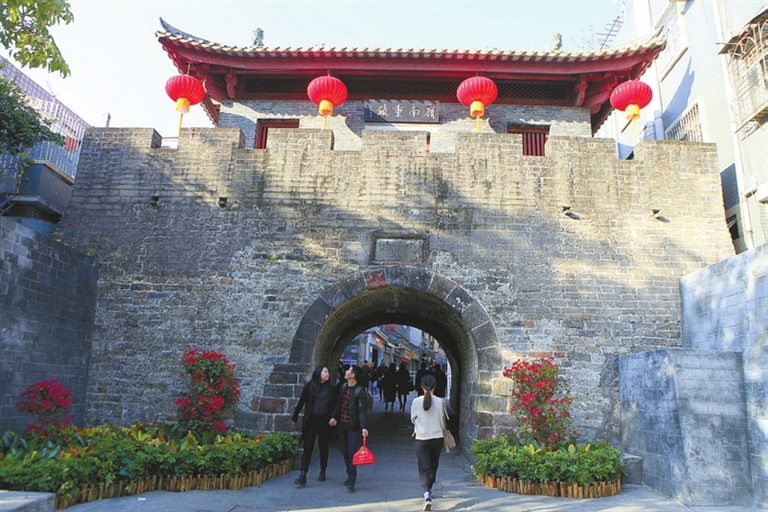







WHILE Shenzhen is defined by wide roads, vast green spaces and skyscrapers, urban villages stand in contrast with narrow alleys, dense residential blocks and labyrinths of pipes and wires on facades. Thanks to their inexpensive rents and convenient services from street stores and restaurants, these tightly-packed “handshake buildings” in urban villages are home to migrant workers who account for almost half of the city’s population, a driving force behind Shenzhen’s growth. In the 1980s, the city government began buying vast areas of farmland from local villagers, who were left without land to continue their agricultural work, but were still in possession of their village plots. As millions of migrants flocked to Shenzhen in search of employment, the landowners began to maximize use of their former village plots as rented apartments. As many urban villages are located in central areas of the city, in recent years, for urban renewal, some have been demolished and become high-end residential buildings, office buildings and shopping malls, while some have undergone revitalization campaigns. Artists, architects and urban planner have made countless arguments for the protection of these highly-utilized urban villages. They choose co-existence and regeneration over demolition, engaging with residents to create a bottom-up approach to urban planning, enacting subtle and strategic alterations to the streets and buildings.(SD News) | 
